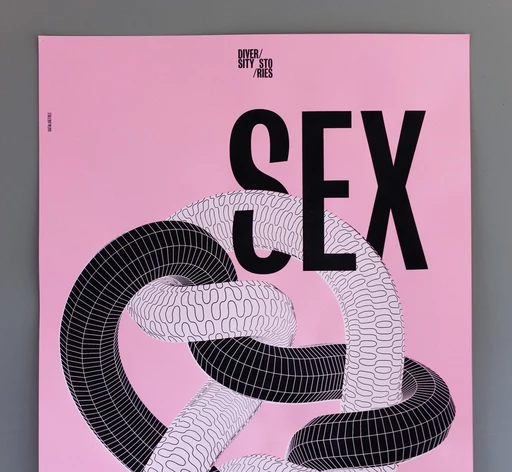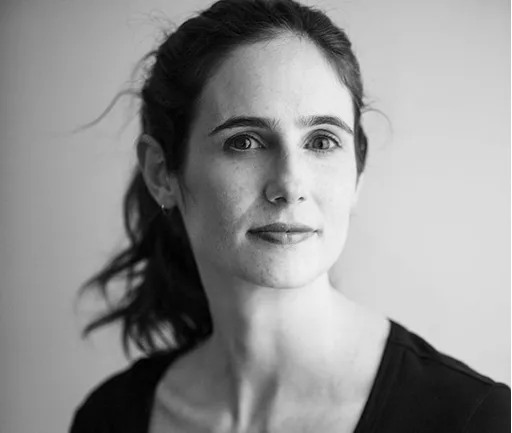A Clean Well-Lighted Space: The Visual Presentation of Sexual Identity – lecture by Emily Witt (author Future Sex) on 15 March 2018
In the early 1990s, when the first internet dating sites appeared on the World Wide Web, entrepreneurs discovered broad differences in what kinds of graphic design would attract users of different genders and sexual orientations. To attract women, in particular, dating sites used a strategy of white backgrounds, and friendly logos. They banned sexually explicit photographs and erased all hints of open sexuality, even though these were sites where people were coming to find sexual partners. This marketing strategy came to be known as creating a “clean, well-lighted space,” where women could feel comfortable looking for dates online. This lecture will explore the lessons and limitations of this visual strategy, and what it reveals about the stories we tell ourselves.
In the early 1990s, when the first internet dating sites appeared on the World Wide Web, entrepreneurs discovered broad differences in what kinds of graphic design would attract users of different genders and sexual orientations. To attract women, in particular, dating sites used a strategy of white backgrounds, and friendly logos. They banned sexually explicit photographs and erased all hints of open sexuality, even though these were sites where people were coming to find sexual partners. This marketing strategy came to be known as creating a “clean, well-lighted space,” where women could feel comfortable looking for dates online. This lecture will explore the lessons and limitations of this visual strategy, and what it reveals about the stories we tell ourselves.
related events

SEX & the Sexual Politics of the Gaze
related content
people – 15 mrt. 2018
